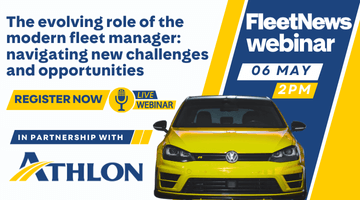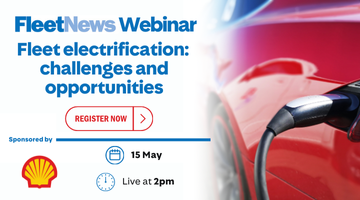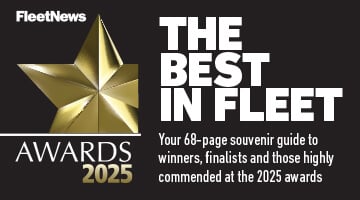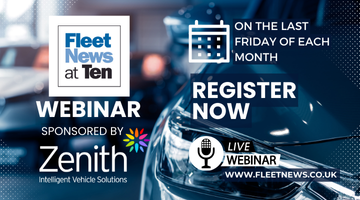##Gerry ONeill--left## 'PERSONAL leasing schemes can be put into three simple categories:
To the uninitiated, these structured cash alternatives are the automotive equivalent of Pandora's box. Historically tainted with a 'smoke and mirrors' association, they have been unfairly perceived as highly complex, tax aggressive and potentially susceptible to attack from the relevant Government authorities.
One of the most common misconceptions is that schemes feature high upfront costs. It is important that the competency and reputation of the potential supplier together with the downstream economies available to the employer should be considered in conjunction with any proposed set-up costs.
More recently, the pricing model has been adjusted by several players to substitute this charging mechanism with an enhanced level of return as business is written.
Either arrangement is likely to generate the same quantum of income to the supplier. In the early 1990s, when these schemes were conceived, the original pioneers had little interest in lending money on cars, unlike the bank-owned leasing fraternity. The target client base was that of the FTSE Top 100.
Schemes now appear in both on and off-balance sheet guise, with the latter opening a much broader market to the prospecting supplier. Manufacturers now recognise cash alternatives as the equivalent of company cars delivered via a tax-efficient mechanism.
However, participating employers should beware of passing particularly high discount levels in this arena ie. via a sole supply arrangement. There are important income tax considerations arising from the employee's ability to realise potential gain.
Another myth is that savings are at the expense of employees – in my experience this is normally only true if the employer wishes to reduce the level of benefit. It is possible to generate a substantial cost reduction while holding the employees in a position of operational and financial parity. Accepting this, it is essential to register that such schemes are not a panacea and must be carefully considered if unpleasant surprises are to be avoided.
Employers should be satisfied that any estimated savings include due consideration to the ongoing operating expense and secondary costs arising from early termination and excess mileage. This is critical with an affinity scheme where such charges would, in addition to the invoice amount, incur an incremental tax settlement on behalf of the employee.
Another fictional view that schemes only work for 'perk' drivers arises from the fact that under the previous business mileage based Scale Charge Tax regime, the contribution by way of tax saved from this population would have been substantially more than their essential user colleagues.
Coupled with the fact that these drivers would normally expect to fall in to the higher rate of tax bracket, this population represented the obvious selection choice. In my experience, the use of Approved Mileage Allowance Payment (AMAP) rates, optimal contract mileage and other tax efficiencies can make the economics for essential users perfectly viable.
For the peace of mind of potential participants, robust propositions should feature a full disclosure clearance process of consultation with the Inland Revenue. The objective of this exercise is quite simply to ensure compliance with pertinent legislation. Skipping this critical path issue is an oversight many providers may well regret. Schemes portrayed as having 'generic tax clearance' should be challenged without exception.
Compare and contrast the various offerings and talk to other companies to learn from their experiences before proceeding. Getting it right requires substantial effort, but this is more than compensated by the resultant efficiencies.'
















Login to comment
Comments
No comments have been made yet.